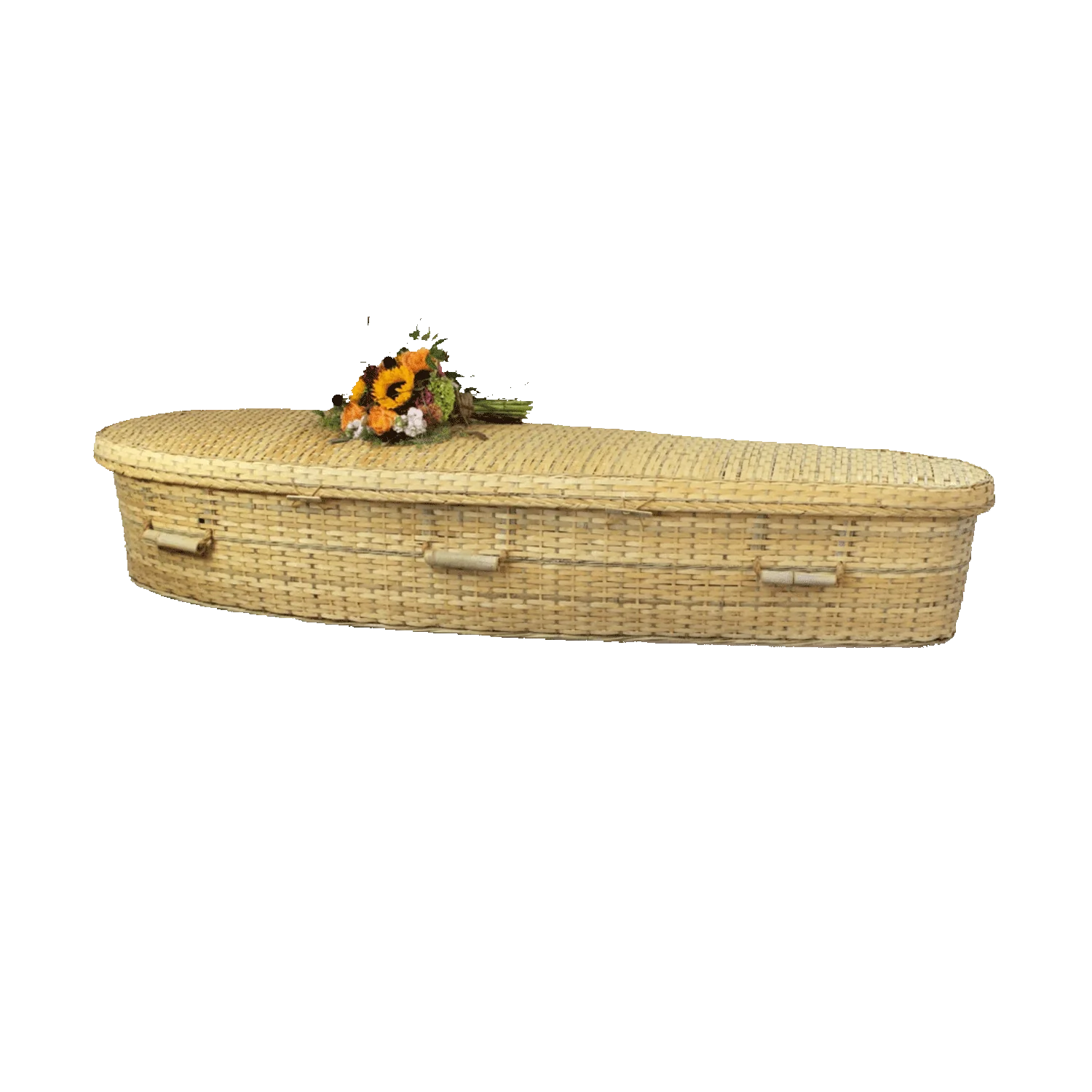Funeral processions, steeped in tradition and symbolism, are a somber yet essential part of the end-of-life ritual. These solemn parades, comprised of vehicles accompanying the deceased to their final resting place, serve as a poignant way to pay tribute to the departed while offering a sense of closure for the bereaved. In this blog post, we will delve into the intricate world of funeral processions, exploring their significance, customs, and practical considerations.
The Significance of Funeral Processions
1. Honoring the Departed: Funeral processions are a profound way to honor and show respect to the deceased. As the procession makes its way to the burial site, it serves as a visual expression of love, remembrance, and a final farewell.
2. Supporting the Grieving: For those in mourning, participating in a funeral procession can be a deeply comforting experience. The shared journey with friends and family creates a sense of unity and support during a challenging time.
3. Maintaining Tradition: Funeral processions have a long history and are part of a rich tapestry of funeral customs and traditions. By participating in or organizing a procession, individuals uphold cultural and religious practices that have been passed down through generations.
Key Components of a Funeral Procession
1. Hearse: The hearse, a specially designed vehicle, carries the casket or urn containing the deceased. It is typically the focal point of the procession.
2. Lead Vehicle: The lead vehicle guides the procession and is often driven by a funeral director or designated family member.
3. Family Vehicles: These vehicles transport the immediate family members, including parents, spouses, children, and siblings, who traditionally follow the hearse.
4. Friends and Extended Family Vehicles: Friends and extended family members typically follow the family vehicles, forming a line of cars that make up the rest of the procession.
5. Mourner's Flag: The lead vehicle may display a flag indicating that it is part of a funeral procession. This alerts other drivers and helps maintain the integrity of the procession.
Customs and Etiquette for Funeral Processions
1. Turning on Headlights: It is customary for vehicles in the procession to turn on their headlights, even during the day. This signifies their participation in the procession.
2. Stopping for Processions: If you encounter a funeral procession while driving, it is a sign of respect to pull over to the side of the road and allow the procession to pass.
3. Silence and Respect: Passengers in the procession should maintain a quiet and respectful demeanor. Loud conversations or laughter are discouraged.
4. Follow the Leader: Maintain a safe distance behind the vehicle in front of you, and follow the lead of the car ahead.
5. Road Rules and Regulations: While funeral processions are given certain privileges on the road, they are still required to obey all traffic laws and signals.
Practical Considerations for Funeral Processions
1. Route Planning: The route for the procession is often predetermined, taking into account the location of the funeral service and the burial site. Funeral directors typically coordinate these logistics.
2. Scheduling: The timing of the procession is usually carefully scheduled to ensure that it arrives at the burial site at the appointed time. Delays can be distressing for mourners and may impact the overall schedule.
3. Escort Vehicles: In some cases, law enforcement officers or funeral escorts are hired to lead and manage the procession, ensuring a smooth and safe journey.
Conclusion
Funeral processions are a poignant and time-honored tradition that offers solace to the grieving and pays tribute to the departed. By understanding the significance, customs, and practical considerations involved in funeral processions, individuals can navigate this final journey with grace and respect, upholding traditions that have brought comfort to countless families throughout history.





